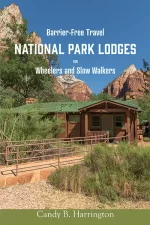ACAA Updates Stalled Due to Litigation
Although some welcome access updates to the Air Carrier Access Act (ACAA) were released in December 2024, there’s been a slight glitch in the implementation of these new regulations. It seems that the airlines have commenced legal action to prevent the ACAA updates from being enacted.
The Airlines Argument
These new ACAA updates (https://emerginghorizons.com/2025-air-carrier-access-act-updates/), which were released by the Department of Transportation (DOT) on December 17, 2024, include stricter guidelines for the repair of damaged wheelchairs and improvement of communication with passengers who check their mobility devices. They also include some general regulations for insuring the prompt return of checked wheelchairs, informing passengers of the dimensions of the aircraft hold and generally updating the policies regarding flying with a wheelchair. Collectively they were seen as a huge improvement for wheelchair-users and slow walkers who take to the skies.
But the airlines didn’t exactly share the enthusiasm for these ACAA updates that was generated by the disabled community. In fact, five American airlines — United, American, Delta, JetBlue and Southwest — have filed a petition in the Fifth Circuit Court of Appeals for a review of the new ACAA updates. Also included as a plaintiff is Airlines for America, an organization that includes the above carriers as well as Alaska Airlines, Hawaiian Airlines and Atlas Air. In short, these airlines have asked the court to set aside the new rule because the provisions in it exceeded the DOT’s statutory authority.
Specifically they claim that the rule violates the Administrative Procedure Act. (APA) This act requires a reviewing court to set aside agency actions that are found to be “arbitrary, capricious, an abuse of discretion or otherwise not in accordance with the law”.
Venue Could Make a Difference
I find it interesting that this petition was filed in the Fifth Circuit Court of Appeals, which is headquartered in New Orleans. The Fifth Circuit includes Louisiana, Texas and Mississippi. Two of the plaintiff airlines — American Airlines and Southwest Airlines — are headquartered in that district. American Airlines home offices are in Fort Worth, while Southwest Airlines calls Dallas home.
On the surface it would seem logical to file in the district where two of the plaintiffs are located. On the other hand, it left me scratching my head a bit because the attorneys are located in New York. And not only is New York located a fair distance from New Orleans, but JetBlue also has its home office in New York. So why didn’t the plaintiff’s attorneys file in New York? It seems like that would be easier for everyone.
Then I looked at the recent court decisions of the Fifth Circuit, and one really stood out. It was another DOT case. On January 28, 2025 the Fifth Circuit Court of Appeals ruled that the DOT failed to comply with the APA in their fare disclosure regulation. That regulation was then remanded back to the DOT so they could make appropriate changes to comply with the law
In other words, the court ruled against the DOT. And if they did that once, then perhaps the attorneys for the plaintiffs were hoping that’s how it would go with this case.
What Happens Next?
Now that the papers have been filed we basically have to wait until the plaintiffs present their case to the Fifth Circuit Court of Appeals. And then the court will either rule that it stands, or it will throw it out; or like in the fare disclosure regulation, it will be sent back to the DOT with instructions to fix it.
Time will only tell. Until then the new ACAA updates are on hold, and because the regulation has been challenged they will not go into effect as previously outlined.
And so we wait. Hopefully this issue will be resolved soon.

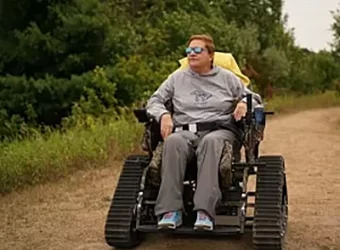
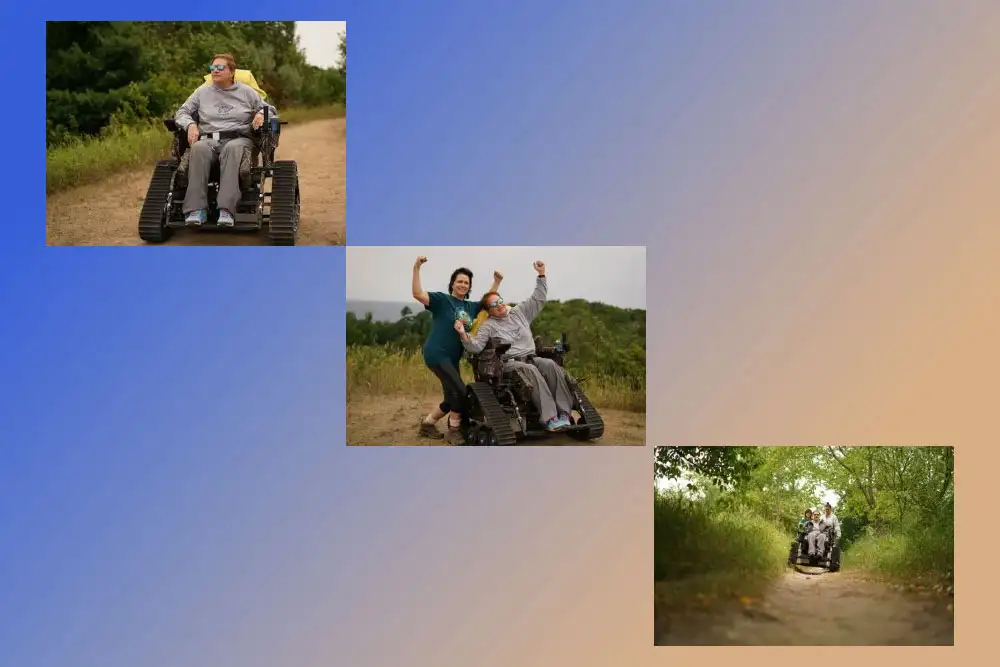

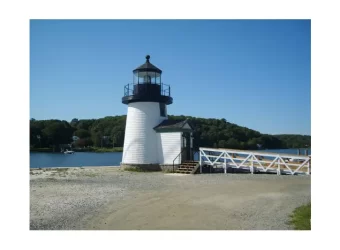
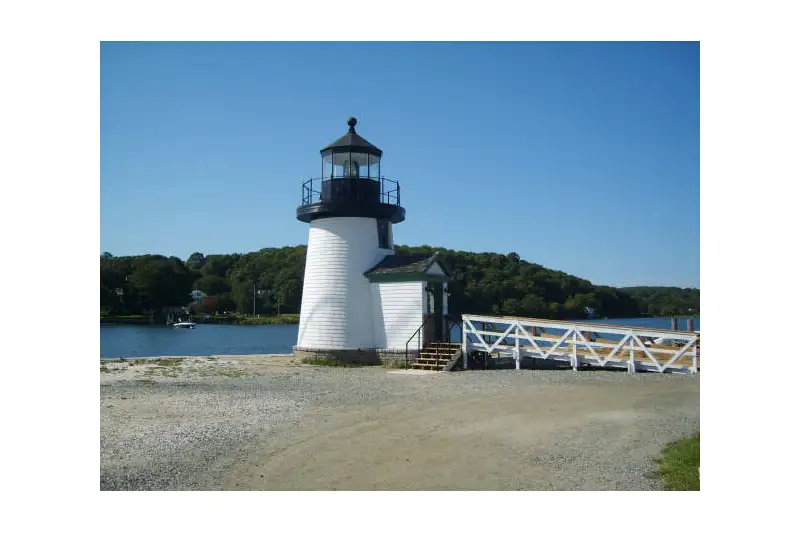
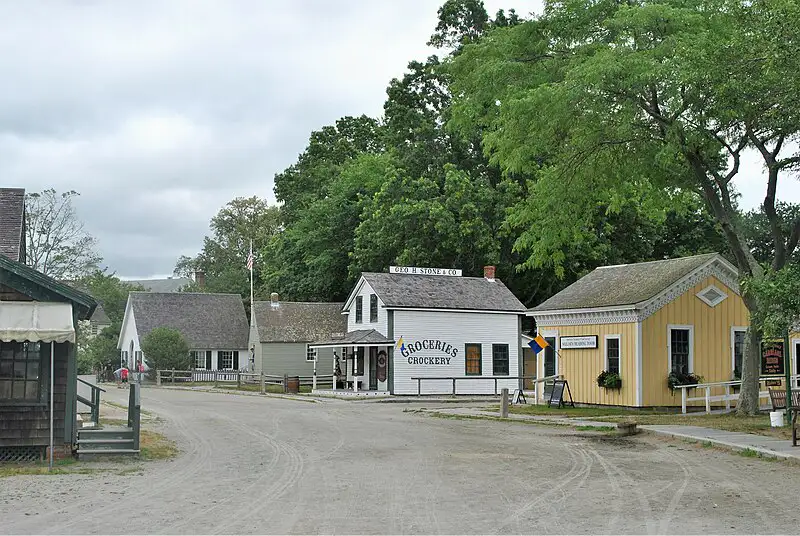

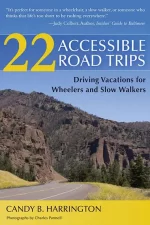
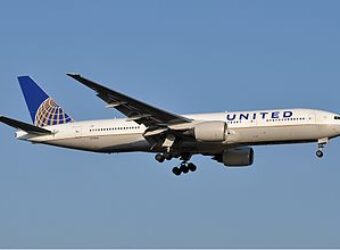
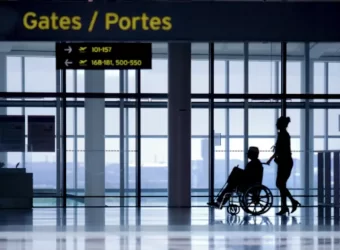

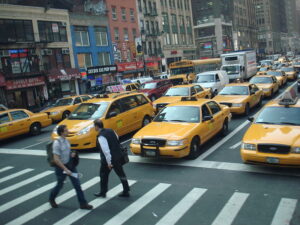
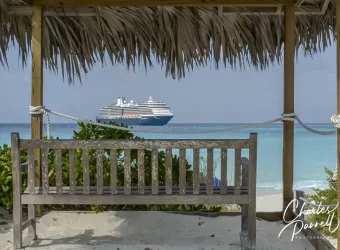

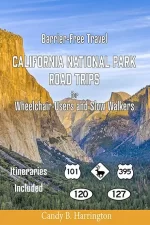

 Ever wonder why some people end up with upgrades and refunds whenever they make a wheelchair-access travel complaint, while others walk away with zero compensation? Truth be told, it’s all in the details. Knowing when to complain, how to complain and who to complain to are the keys to not only resolving the issue at hand, but also to receiving adequate compensation for your inconvenience. So the next time you encounter an access-related problem on the road, follow this roadmap for prompt resolution and adequate compensation.
Ever wonder why some people end up with upgrades and refunds whenever they make a wheelchair-access travel complaint, while others walk away with zero compensation? Truth be told, it’s all in the details. Knowing when to complain, how to complain and who to complain to are the keys to not only resolving the issue at hand, but also to receiving adequate compensation for your inconvenience. So the next time you encounter an access-related problem on the road, follow this roadmap for prompt resolution and adequate compensation.

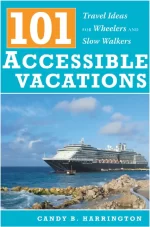
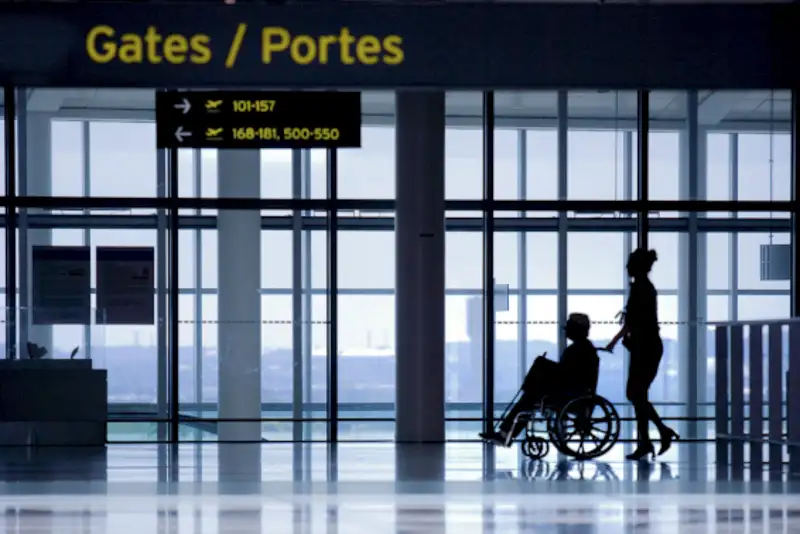 Travel by its very nature requires a good amount of preparation, especially when it includes air travel. Factor a disability into that equation and the complexity increases. With that in mind, here are some helpful tips for flying with a wheelchair.
Travel by its very nature requires a good amount of preparation, especially when it includes air travel. Factor a disability into that equation and the complexity increases. With that in mind, here are some helpful tips for flying with a wheelchair.